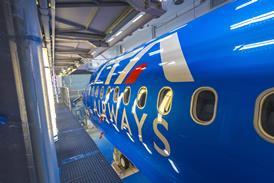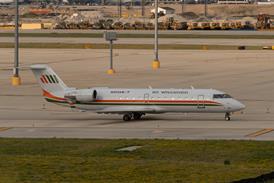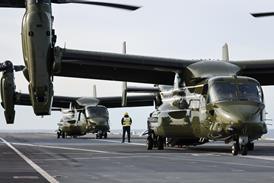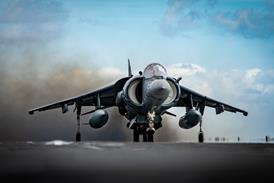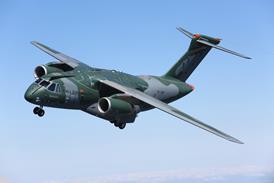Colombia-based Avianca recorded a stronger third quarter given regional macroeconomic challenges as it embarks on its plan to strengthen operational performance and restructure its balance sheet.
Colombia-based Avianca recorded a stronger third quarter given regional macroeconomic challenges as it embarks on its plan to strengthen operational performance and restructure its balance sheet.
Operating revenues reached $1.2 billion for the quarter, a 1.5% year-on-year drop, due in large part to a decline in average fares. Operating income was $100 million with an adjusted operating margin of 8.3%.
“Currency depreciation has impacted purchasing power of customers, therefore yields are down,” chief financial officer Adrian Neuhauser told investors during a third-quarter earnings call today.
Chief executive Anko van der Werff says the company was providing adjusted numbers “to reflect the improvement in our underlying business”.
“As we progress to our Avianca 2021 plan, we expect our unadjusted financial results to reflect the true strength in our business,” he adds.
As part of its operational streamlining, the Star Alliance-carrier canceled 21 unprofitable routes and saw its on-time performance improve by 10 percentage points to 81%. Available seat kilometers offered increased by 0.9% while revenue passenger kilometers increased by 1.2%.
Avianca sold one Airbus A320 and one A318 during the quarter, as it embarks on a plan to remove the types from its fleet as part of its “Avianca 2021” plan.
In connection with the restructuring plan, Avianca will sell 10 Embraer E190s, nine more A318s and three additional A320s.
“We estimate that the sale of such aircraft will generate approximately $226 million of additional liquidity and reduce total long-term debt by approximately $113 million,” a company earnings filing states.
Capacity is expected to turn negative once aircraft are phased out by year-end, Neuhauser says.
As the carrier looks to update its fleet, Avianca on its “densification” plan as it converts its A320s from 150 seats to 174 seats, which it expects to conclude in 2020. Van der Werff says this will improve “cost performance on a per seat basis” in the domestic market.
On 30 September, Avianca had 181 aircraft in its fleet, of which 55 were on operating lease.
Total operating expenses fell 2.8% year-over-year due to lower fuel prices and a decrease in salaries, wages and benefit. Cost ex-fuel was down 2.6% year-over-year to 6.0 cents in the quarter.
Fuel expenses fell by 5.7% due to lower jet fuel prices, but this was offset by increased maintenance and repair expenses on aircraft the company is returning as it looks to improve its fleet. This resulted in 3.7% year-over-year higher CASK to 8.1 cents.
FINANCES ON TRACK
In November, Avianca concluded the bond exchange offer of its $550 million unsecured notes due in 2020.
This is among the “crucial financial adjustments” that van der Werff says will transform the company.
With 88.1% of bonds tendered bondholders have received secured notes, which will automatically exchange for new notes with a maturity extended until 2023 and a 9% coupon, upon completion of a $250 million loan to which stakeholders United Airlines and Kingsland Holdings have committed.
“My team has been focused on balance sheet strengthening,” Neuhauser says. He calls the success of the bond exchange “a key step in our reprofiling exercise”.
While the airline is still negotiating with creditors, after deciding to defer payments for three-to-nine months in order to preserve near-term liquidity, it resumed lease payments in October.
Neuhauser confirms the airline has made “significant progress with the vast majority of counterparties” and that management is in the “final stretch of the documentation phase” which will conclude the company’s debt reprofiling plan.
Avianca is guiding to a 0-2% rise in traffic and ASK for the full year and an EBIT margin of 4-6%.
“We continue to see headwinds during the third quarter due to a challenging macroeconomic backdrop in the region coupled with volatile local currencies which pressured our top line,” says Neuhauser.


